- Yukha
- News and advice on hydroponics culture indoors and outdoors!
- 29 likes
- 38281 views
- 0 comments

One of the parameters to be considered when growing pot plants is that the substrate must be in optimal moisture conditions, avoiding excess water that can cause diseases such as fungus and can even rot the roots. On the contrary, if the substrate does not have enough moisture, the plants can reach their point of irreversible wilting leading to their death.
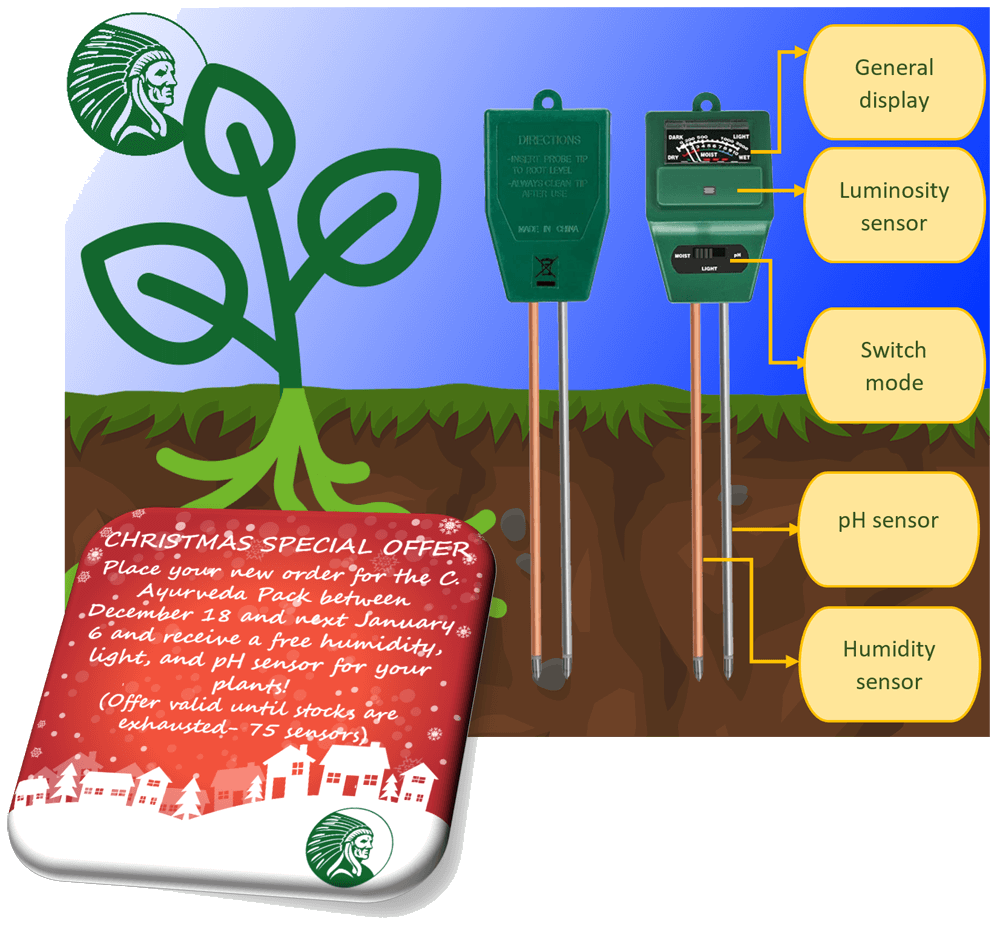
For experienced growers, moisture management is usually not a problem, as they have enough experience to manage this parameter "with the naked eye". For beginners, however, it is a challenge, because when it comes to learning how to grow pot plants, we are all filled with uncertainties and doubts.
YUKHA offers experienced and novice growers alike a tool that will help them optimize irrigation management. If you are an experienced grower, it will allow you to move to another level of irrigation management so you can play with deficient irrigation and if you are a beginner, it will make it easy for you to determine the optimal irrigation timing without any problems so that your plants do not have any type of stress or problems related to irrigation. mort.
The YUKHA moisture meter is not only used to measure substrate moisture level to determine the right time for irrigation, but it also tells us about the light intensity directed to the plant and a precise pH measure of the substrate.

This tool is very easy to use, just insert it into the potting soil (suitable for peat, soil and coconut media) by placing the sensors at root level or halfway of the pot height.
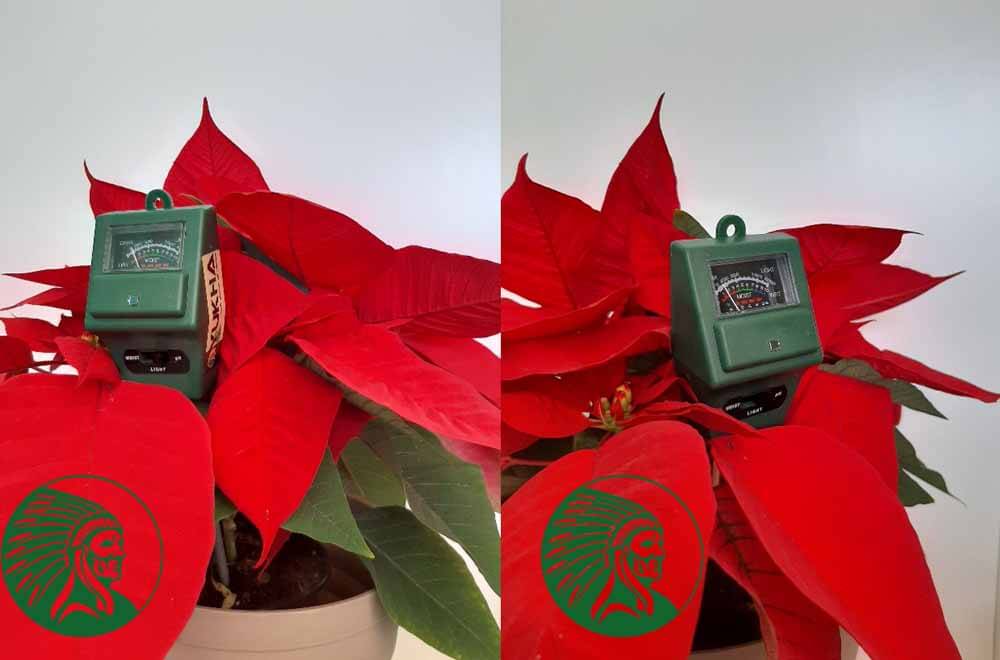
The display will show you 3 different scales:
- Light intensity: located at the top of the display.
- Humidity: located in the central part of the display.
- pH: located in the lower part of the display.
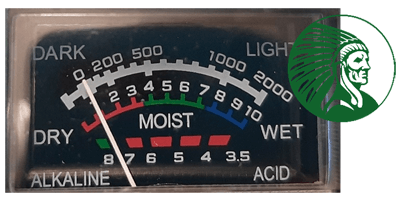
To switch from one determination to another, simply select the value you want to measure in the selector below the tool and the pointer will indicate the selected value on the display scales for each determination.
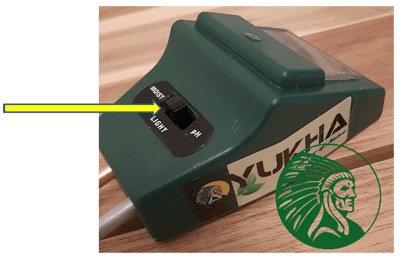
Measuring moisture:

If we place the selector on the left in the "MOIST" position, we will measure the moisture content of the substrate and we will have to observe the scale in the central part of the screen (0-3 in red, 4-7 in green and 8-10 in blue). The ideal for the humidity is to keep it in values between 4 and 7, making a new watering that keeps these values when the needle starts to approach the value 3.
Measuring light intensity:
To perform light measuring, it is very important that there be no obstacles that interfere with the photocell.
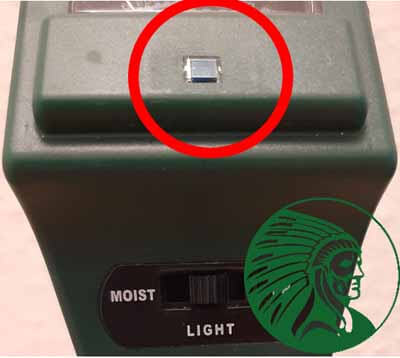
If we place the selector of the central part in position "LIGHT", we will measure the light intensity and we will have to observe the scale in the upper part of the screen (0-2000 lux).

To correctly interpret the intensity of the light, we give you a scale that you can take as a reference:
- From 0 to 200 lux = very low light intensity.
- From 200 to 500 lux = low light intensity.
- From 500 to 1000 lux = normal light intensity.
- From 1000 to 2000 = strong light intensity.
The ideal for the cultivation of "recreational plants" is to always be above these 1000 lux and if possible above 1500 lux.
Measuring pH:

If we slide the selector to the right side on the "pH" position, we will measure the pH of the substrate and we will have to observe the scale at the bottom of the screen (8-3.5). The optimal pH for the cultivation of "recreational plants" is about 6-7. It is in this pH range that plants best assimilate all nutrients present in the nutrient solution and in the substrate.
With a single tool, you will improve the management of your plants by optimizing moisture, pH and light conditions.
Yukha team
![]()

Comments (0)